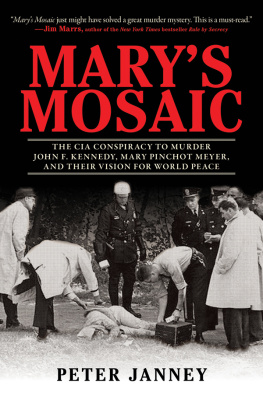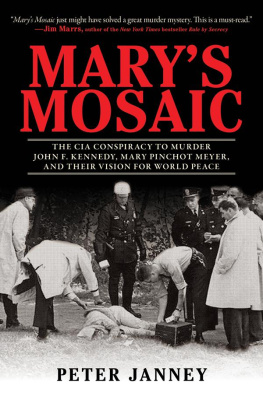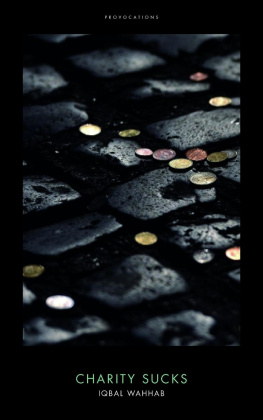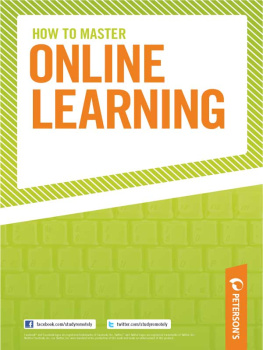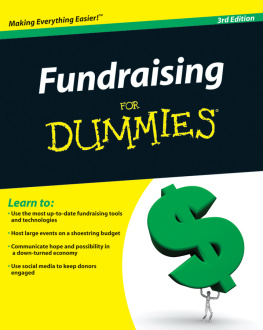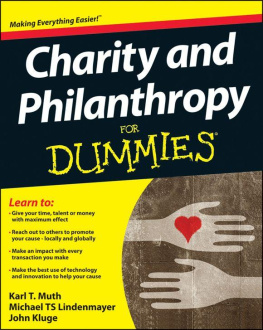Peter Janney - Marys Mosaic
Here you can read online Peter Janney - Marys Mosaic full text of the book (entire story) in english for free. Download pdf and epub, get meaning, cover and reviews about this ebook. year: 2012, publisher: Skyhorse Publishing, Inc., genre: Non-fiction. Description of the work, (preface) as well as reviews are available. Best literature library LitArk.com created for fans of good reading and offers a wide selection of genres:
Romance novel
Science fiction
Adventure
Detective
Science
History
Home and family
Prose
Art
Politics
Computer
Non-fiction
Religion
Business
Children
Humor
Choose a favorite category and find really read worthwhile books. Enjoy immersion in the world of imagination, feel the emotions of the characters or learn something new for yourself, make an fascinating discovery.
- Book:Marys Mosaic
- Author:
- Publisher:Skyhorse Publishing, Inc.
- Genre:
- Year:2012
- Rating:4 / 5
- Favourites:Add to favourites
- Your mark:
- 80
- 1
- 2
- 3
- 4
- 5
Marys Mosaic: summary, description and annotation
We offer to read an annotation, description, summary or preface (depends on what the author of the book "Marys Mosaic" wrote himself). If you haven't found the necessary information about the book — write in the comments, we will try to find it.
Peter Janney: author's other books
Who wrote Marys Mosaic? Find out the surname, the name of the author of the book and a list of all author's works by series.
Marys Mosaic — read online for free the complete book (whole text) full work
Below is the text of the book, divided by pages. System saving the place of the last page read, allows you to conveniently read the book "Marys Mosaic" online for free, without having to search again every time where you left off. Put a bookmark, and you can go to the page where you finished reading at any time.
Font size:
Interval:
Bookmark:

Copyright 2012 by Peter Janney
All Rights Reserved. No part of this book may be reproduced in any manner without the express written consent of the publisher, except in the case of brief excerpts in critical reviews or articles. All inquiries should be addressed to Skyhorse Publishing, 307 West 36th Street, 11th Floor, New York, NY 10018.
Skyhorse Publishing books may be purchased in bulk at special discounts for sales promotion, corporate gifts, fund-raising, or educational purposes. Special editions can also be created to specifications. For details, contact the Special Sales Department, Skyhorse Publishing, 307 West 36th Street, 11th Floor, New York, NY 10018 or .
Skyhorse and Skyhorse Publishing are registered trademarks of Skyhorse Publishing, Inc., a Delaware corporation.
Visit our website at www.skyhorsepublishing.com.
10 9 8 7 6 5 4 3 2 1
Library of Congress Cataloging-in-Publication Data is available on file.
ISBN: 978-1-61608-708-1
Printed in the United States of America
by
Dick Russell
E ARLY IN 1976, about six months after I began probing into the Kennedy assassination for the Village Voice, an article caught my attention inof all placesthe National Enquirer. The weekly tabloid was not generally known for its investigative veracity, but this particular story was thoroughly documented. The subject was Mary Pinchot Meyer, a Washington socialite whod been shot twice and murdered while walking near the Potomac River on October 12, 1964. Since the originally accused assailant had been acquitted, the identity of her killer remained unknown. Publicly, so did the identity of her lover, until the Enquirer story alleged that for almost two years before his assassination on November 22, 1963, Mary Meyer had been having an affair with President John F. Kennedy.
The Enquirer recountedand this would soon be corroborated in other periodicalsthat Mary had kept a diary. The weekend after her death, a small group of people were said to have gathered at her Georgetown home in search of it. Cord Meyer, her ex-husband and a high official in the CIA, was there. So was James Angleton, head of the CIAs counterintelligence division, and his wife, Cicely, a close friend of Marys. Also present was Tony Bradlee, Marys sister and the wife of Washington Post editor Ben Bradlee.
The story went that none of them could locate Marys diary and that her sister had later found it inside a locked steel box containing dozens of letters, including some from the slain president Kennedy. Bradlee had then turned the box over to Angleton, who took the material to CIA headquarters. James Truitt, a journalist for Newsweek and another friend of the Meyers, said hed received a letter from Angleton saying, As to the diary and related papers, I burned them.
For more than twenty years, Angleton had been a spooks spook who roamed the Agency corridors looking to ferret out penetrations by the Soviet Union. Then in 1974, a new CIA director, William Colby, leaked word to the media that Angleton had also been in charge of Operation Chaos, a domestic intelligence-gathering program that far exceeded the CIAs original charter. Angleton was forced to resign. Not long thereafter, he began meeting with journalists for the first time, obviously intent on getting his side of certain stories on the record.
I was one of those journalists, although I never really understood why Angleton chose to wine and dine me on three occasions at his customary meeting place, Washingtons Army and Navy Club. After all, the Village Voice hardly seemed like his cup of tea. And I did not disguise the fact I was looking into a probable conspiracy in the death of President Kennedy. Indeed, the first time we met, late on a mid-December afternoon in 1975 in the plush club lounge, I gave him one of my Voice articles to leaf through. Angleton lit a cigarette, took a sip of his martini, and said, The subject is a far more complex one than reflected in your article.
After the assassination, Angletons counterintelligence branch had been assigned as the CIAs direct liaison to the Warren Commission, of which former CIA director Allen Dulles was a member. I wondered, why Angletons office? Because we had the research facilities, knew the mechanisms of the KGB and foreign intelligence, Angleton replied quickly. We knew every assassination in history, knew more about the sophistication of the Cuban DGI, that type of thing. Pretty obviously, he was trying to steer my thoughts toward possible foreign involvement. Angleton dismissed the rumors that Lee Harvey Oswald might have been an American agent as completely false and continued: Unless one knows the dossiers that are in Moscow and Cuba, there can be no ultimate determination. Several times over the course of our get-togethers, he would raise the specter of the KGBs Department 13, which specialized in what those in the trade called wet affairs (assassinations).
Angleton was one of the strangest men I ever met: tall, bespectacled, stoop-shouldered, with his appearance calling to mind the image of an ostrich whose head seemed, despite itself, to be peering out at the world after a lifetime buried in the sand. But what secrets was he willing now to unearth, and what was his motivation? Was he still, in fact, covering someones trackseven, perhaps, his own? In April 1976, we met for the second time, and one of the first things I asked him about was the Enquirers revelatory piece about Mary Meyer and her diary. Angleton gazed out the window for a long moment. Then he replied that he had been acting in a private capacity for the family, and in no way for the CIA, which he hastened to add had nothing to do with her death. He went on to relate a fascinating, even occult, story.
Angleton and his wife had planned to go out to dinner and a show with Mary Meyer that October evening in 1964. When news came over the radio that someone had been killed in a park not far from where she lived, Cicely Angleton had a premonition that it was Mary. So that night, they drove over to her house, but found it completely dark. A grim foreboding grew stronger in Angletons wife. Angleton said hed called Meyers answering service, which at first simply said that she wasnt in. But when Angleton explained they had a date with her, and that his wife was hysterical in the car, he was told of Meyers death.
The entire time Angleton was relating this, I noticed that he was digging his fingers deeper and deeper into the wooden arm of the comfortable chair in the Army and Navy Club.
I have puzzled over that moment for many years. Over the course of time, I read Timothy Learys memoir, which only added to the mystery of Mary Meyer. He maintained that hed turned her on to LSD, that she may even have taken a trip with President Kennedy, and that shed called Leary the day after the assassination indicating that he was changing too fast; they couldnt control him anymore. They clearly implied that JFK had been assassinated by elements within our own government.
Now, with Peter Janneys remarkable book Marys Mosaic, the questions that long haunted me have been largely answered. Now I see how Angleton had been trying to bend the truth, and why. Not only about Mary Meyer, but about who killed Kennedy, which all but certainly involved the same element of individuals.
Those questions had long haunted Janney as well, and in a deeply personal way. For, as a child growing up in close proximity to the Meyer family home in McLean, Virginia, one of the Meyer boys had been his best friend. Peter was himself the son of a high-level CIA official, Wistar Janney. When that son set out on his many-year quest to ascertain who was behind the death of his best friends motherand how this may have been related to the assassination of President Kennedythe journey was one with many surprising, and heart-wrenching, twists and turns. In some ways, this book reads like a murder mystery, but ultimately it is more like a Greek tragedy: one that does not spare the Homer of this saga, Peter Janney himself.
Font size:
Interval:
Bookmark:
Similar books «Marys Mosaic»
Look at similar books to Marys Mosaic. We have selected literature similar in name and meaning in the hope of providing readers with more options to find new, interesting, not yet read works.
Discussion, reviews of the book Marys Mosaic and just readers' own opinions. Leave your comments, write what you think about the work, its meaning or the main characters. Specify what exactly you liked and what you didn't like, and why you think so.

